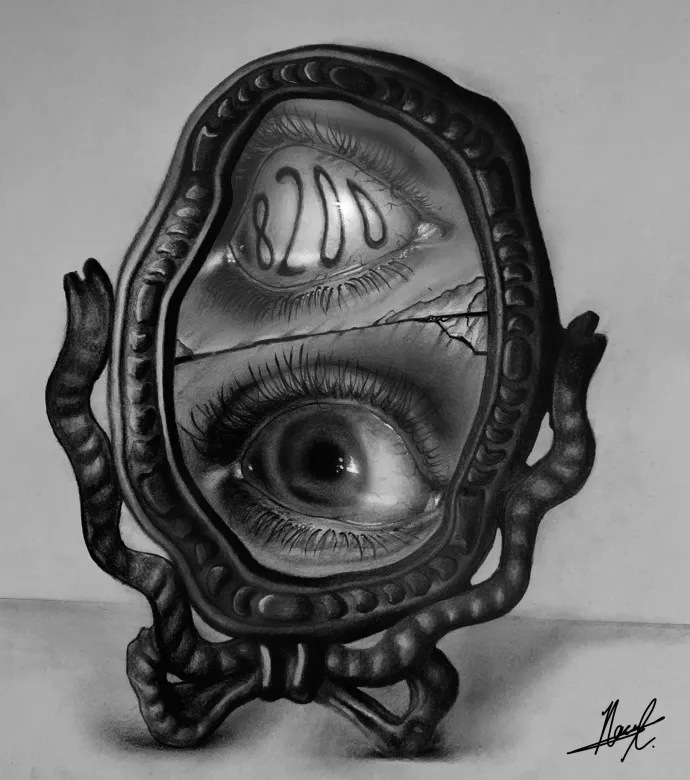
Evolutionary function of dreaming and REM sleep
At the SHEL, we study the social underpinnings of dreaming and its evolutionary significance. We test evolutionary hypotheses on the function of dreams, such as those that stem from social simulation and threat simulation theories. Here, it is thought that dreams selectively overrepresent specific types of contents due to their evolutionary advantages. Hypotheses currently being considered are: the strengthening hypothesis (the idea that dreams will simulate positive interactions with individuals the self is closer to relative to waking life), the social bias hypothesis (the idea that dreams will overrepresent social situations relative to waking life), and the threat bias hypothesis (the idea that dreams overrepresent threatening events relative to waking life). We accomplish this research by survey instrumentation from university students mainly situated in North America (Canada). We use rating scales such as the Social Content Scale, and the Hall-Van de Castle Method that allows for content analysis.
SHEL Members: Noor Abbas, David R. Samson
